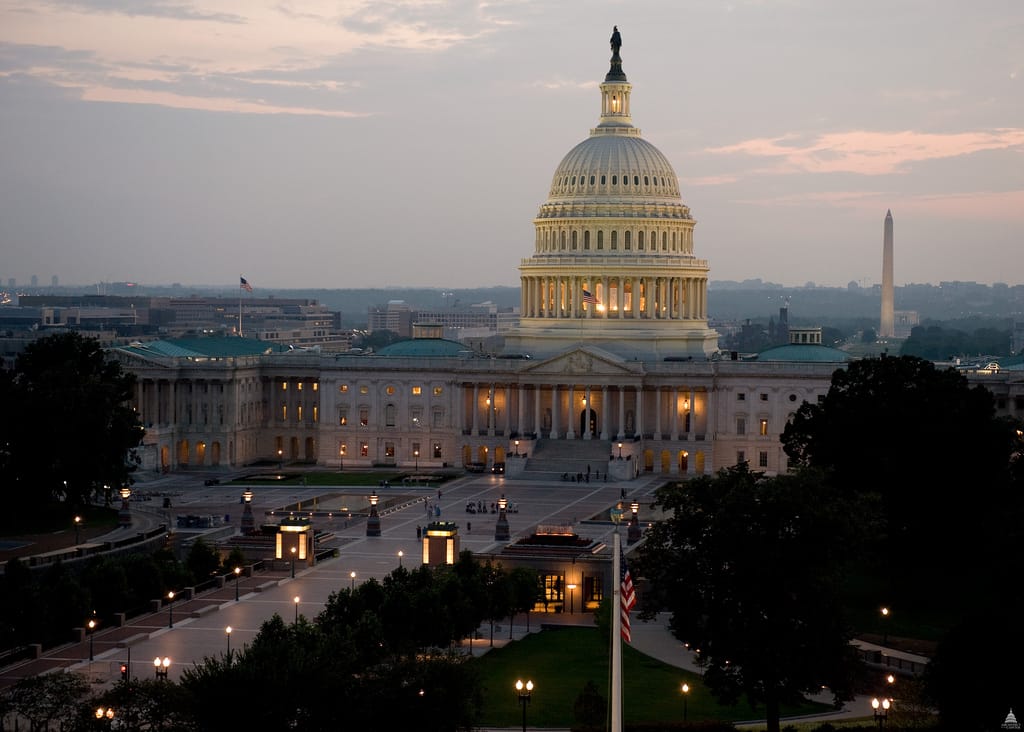The tense and often contentious world of U.S. politics finds a new flashpoint as Democrats position themselves strategically in the ongoing battle over government funding. This multi-layered political maneuver reveals their intent to use the leverage provided by the upcoming funding deadlines to influence legislative decisions. The approach underscores the complexities of partisan negotiations and highlights the broader challenges of bipartisan governance.
As the United States approaches a critical government funding deadline, Democrats have expressed their determination to push back against measures introduced by the Republican majority and the current administration. These measures include proposals to restructure federal agencies and enforce significant spending cuts, actions perceived by many Democrats as detrimental to the public welfare and the functioning of federal institutions.
Speaking openly about their strategy, several Democratic leaders have emphasized the urgency of preserving the integrity of government programs and protecting agencies from political interference. “This is not just about numbers on a budget sheet,” one senior Democratic leader remarked. “This is about the fundamental operations of our government and the services on which our citizens rely daily.”
The significance of the funding bill cannot be overstated. Without a resolution, the government faces the ever-looming threat of shutdown—a scenario that would disrupt various public services and create uncertainty for federal employees. Recognizing these stakes, Democrats are leveraging their votes as a minority party to extract commitments that align with their legislative agenda. The ability to wield influence in this manner stems from the bipartisan nature of the funding requirement, making Democratic support a requisite for passage.
This political standoff is the latest chapter in a broader narrative of how funding debates are weaponized for political gain. Historically, both parties have used such opportunities to advance specific priorities. However, the current context appears particularly charged, with Democrats framing their resistance as a defense of democratic norms and government accountability.
Notably, the Democratic critique extends beyond opposing spending cuts. It includes opposition to specific organizational changes being pursued unilaterally by the administration, some of which appear to bypass congressional oversight. Such moves, according to Democratic lawmakers, represent an overreach and could set a hazardous precedent for future governance.
One example cited involves the proposed downsizing of several federal agencies, which Democrats argue undermines their ability to meet their mandates. Additionally, Democratic lawmakers are wary of policies that disproportionately impact vulnerable demographics, such as low-income families and minority groups reliant on specific government services.
Strategically, Democrats are positioning themselves as defenders of federal transparency and service continuity. This positioning resonates with their broader goals of maintaining oversight over executive actions and ensuring equity in governing approaches. Simultaneously, however, Republican leaders accuse Democrats of using scare tactics and partisanship to stall reforms they see as critical to reducing government inefficiencies and controlling public sector spending.
The broader implications of this political showdown extend into public perception and electoral strategy. As both parties gear up for an increasingly polarized electoral landscape, actions taken during this funding debate are likely to feature prominently in campaign narratives and voter discourse. Democrats appear intent on framing the conversation as a principled stand against what they view as detrimental unilateralism on the part of the administration, while Republicans may argue that Democrats are obstructing needed progress.
Among the public, opinions on these matters remain diverse. While some Americans call for a leaner government with reduced expenditures, others voice strong support for fully funded federal programs that prioritize public welfare and infrastructure. This divide underscores the challenges faced by lawmakers in navigating the complex terrain of governance amidst competing priorities and ideologies.
Observers note that a resolution, if reached, will likely come down to a series of compromises, with both sides conceding specific points to avoid a government shutdown’s broader consequences. Yet, this path to compromise remains fraught with challenges. Specific demands being made by Democratic lawmakers include increased transparency in the budgetary process and guarantees that no critical program funding will be disproportionately affected. Meanwhile, Republican leaders are advocating for measures they say will ensure fiscal responsibility and long-term sustainability.
In past instances of similar debates, the threat of a government shutdown has often served as a powerful motivator for compromise. For now, debates continue behind closed doors and, to some extent, within public forums. Both parties are keenly aware of the heightened scrutiny surrounding their actions and the potential impact of their decisions on upcoming electoral contests.
As observers and stakeholders watch closely, the ongoing funding debate highlights the precarious balance of power in Washington. At the core of this debate lies a larger question about governance, pragmatism, and the ability of a divided government to address high-stakes issues without resorting to brinksmanship or political gridlock.
What becomes of this standoff—whether it ends with compromise or stalemate—may shape not only the immediate political future but also the broader trajectory of interparty collaboration in the United States. For now, the public waits to see if cooler heads will prevail or if ideological divides will push the government further into unprecedented territory.

